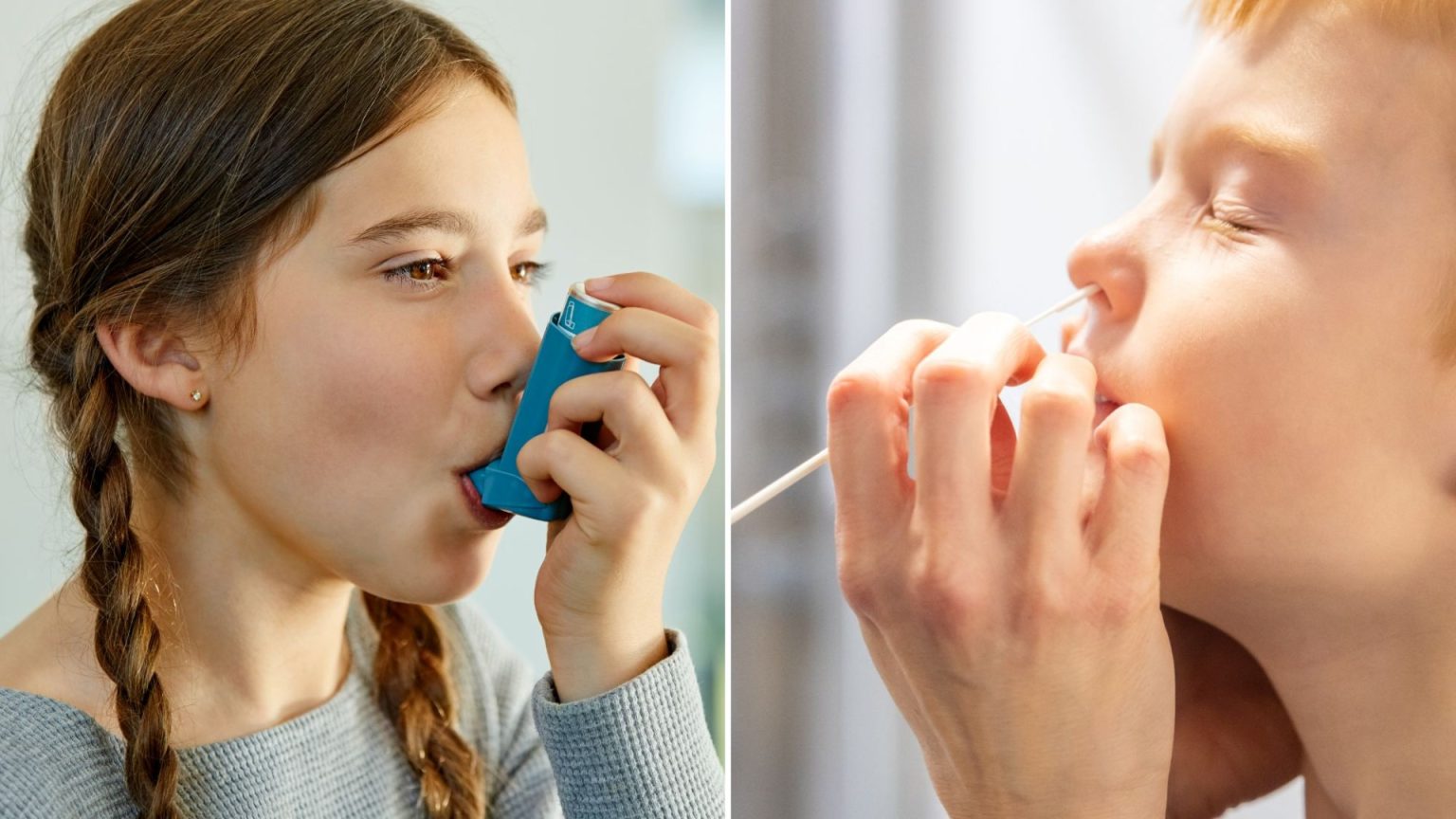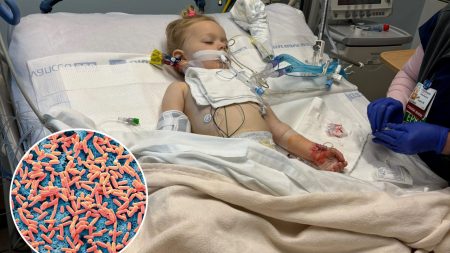A groundbreaking nasal swab test has revolutionized asthma diagnosis in children, offering a significantly faster and more precise method compared to traditional, often invasive procedures. Developed by American researchers, this innovative test can identify specific asthma subtypes, paving the way for more targeted treatment and research into lesser-understood forms of the disease. The study, published in the Journal of the American Medical Association (JAMA), focused on Puerto Rican and African American youth, populations disproportionately affected by asthma and facing higher mortality rates from the condition compared to their white counterparts.
Asthma, a prevalent chronic childhood illness, manifests in various forms, known as endotypes. These endotypes are characterized by different immune cell activity and responses to treatment. Accurate endotype diagnosis is crucial for effective therapy. Traditionally, asthma has been categorized into T2-high and T2-low subtypes, based on the level of T helper 2 inflammation. More recently, T2-low has been further subdivided into T17-high (less T helper 2, more T helper 17 inflammation) and low-low (low levels of both). Previously, precise endotype diagnosis required invasive procedures like bronchoscopy, involving lung tissue sampling under general anesthesia. This method was deemed impractical and ethically questionable, especially for children with milder asthma. Alternative diagnostic tools, such as blood immune markers, lung function tests, and allergy assessments, lacked precision and couldn’t differentiate between T17-high and low-low subtypes.
The newly developed nasal swab test offers a non-invasive and accurate alternative. Researchers collected nasal samples from 459 children across three independent studies, analyzing the expression of eight T2 and T17 signature genes. This analysis revealed the patient’s asthma endotype, demonstrating the test’s efficacy. Results showed 23-29% of participants had T2-high, 35-47% had T17-high, and 30-38% had low-low endotype. This breakthrough allows for a more precise understanding of asthma subtypes in children, eliminating the need for invasive procedures.
The implications of this new diagnostic tool are far-reaching. While effective biologics exist for severe T2-high asthma, targeting the specific immune cells driving the disease, no such targeted treatments are currently available for T17-high and low-low endotypes. The nasal swab test facilitates research and development of specific biologics for these understudied subtypes, potentially revolutionizing treatment for a significant portion of asthmatic children. Furthermore, the test allows for longitudinal studies, tracking endotype changes over time, particularly during puberty, a period where asthma prevalence shifts between genders. This research could uncover vital insights into asthma progression and inform the development of more personalized and effective interventions.
This advancement is particularly significant for minority populations like Puerto Rican and African American children, who bear a disproportionate burden of asthma. The nasal swab test provides a more accessible and less invasive diagnostic option, potentially leading to earlier and more accurate diagnosis, ultimately improving health outcomes within these vulnerable communities. The simple, non-invasive nature of the test makes it far more feasible to implement in diverse clinical settings, ensuring equitable access to advanced diagnostic capabilities.
Beyond immediate clinical applications, the nasal swab test enables deeper exploration of asthma’s complexities. Researchers can now investigate the relationship between endotypes and various factors, such as puberty-related changes, responses to different treatments, and the development of severe asthma. This knowledge will be instrumental in refining treatment strategies, tailoring them to individual endotypes and potentially preventing disease progression. The ease of use and rapid results provided by the nasal swab test will accelerate research in these areas, potentially leading to a more comprehensive understanding of asthma and the development of more effective, personalized therapies for all children affected by this chronic condition.











